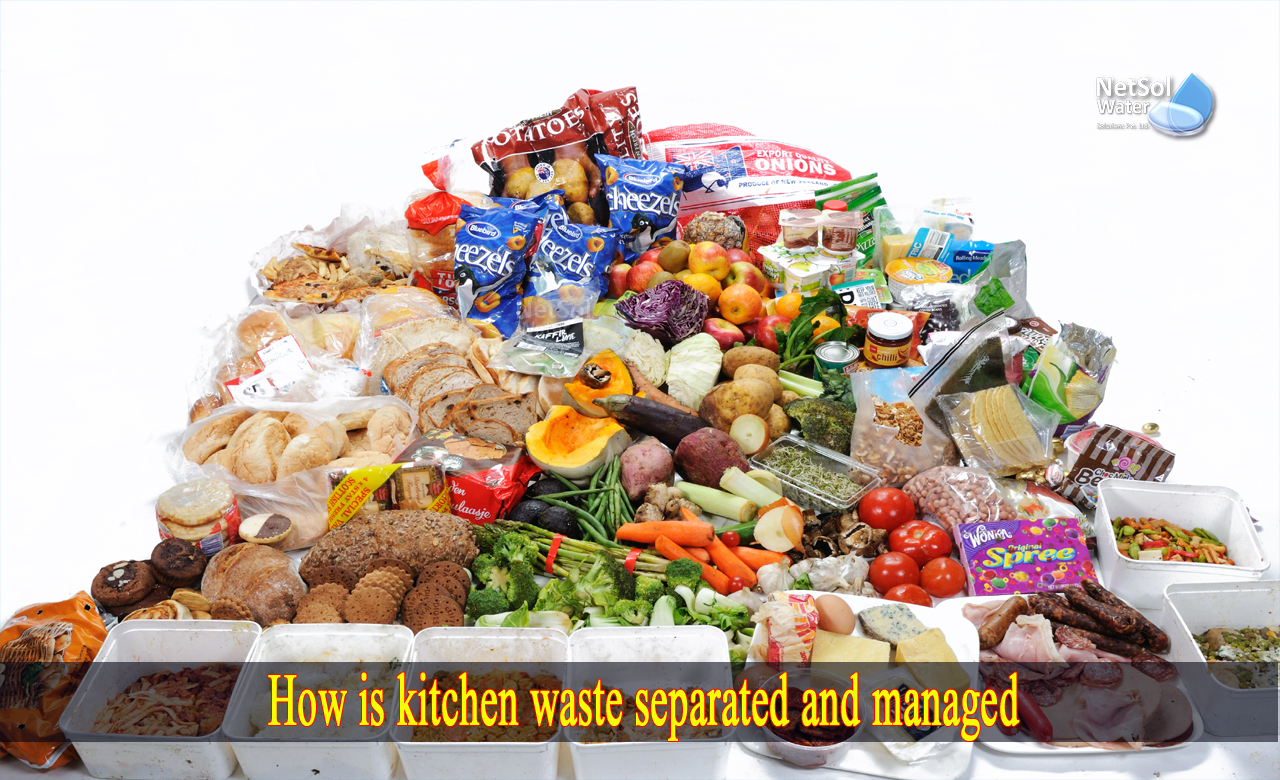How is kitchen waste separated and managed?
One of the most serious issues confronting the planet today is the growing problem of waste. According to experts, as the world population grows and living standards improve, the volume of waste is expanding at an alarming rate.
Inadequate waste management is at the root of the problem, which leads to poor waste processing. Improving waste segregation at the home level through the use of adequate kitchen containers is an efficient strategy to solve this problem.
Importance of Kitchen Waste Management
The most crucial stage in waste management and waste reduction is segregation. Diverse waste materials need distinct treatment methods, as combined waste cannot be handled. Waste is separated into two categories: biodegradable wet waste and inorganic dry waste.
It is critical to separate waste for kitchen waste management and everyone should be taught the value of doing so because:
· A kitchen that practices adequate waste segregation and management does not attract illnesses and pests. The waste segregation system should include a separate area for wet waste that is well-ventilated and free of domestic pests. This will result in a much cleaner environment.
· Segregation results in a more easy and effective collection process for collecting firms.
· Waste treatment cannot work without proper segregation.
Separating Kitchen Waste
With the aid of color-coded waste cans and kitchen waste bins, household waste can be readily segregated into wet and dry waste. To decrease the pressure on processing plants, we must segregate different forms of waste at the home level.
1. Organic waste, such as vegetables, fruits, flowers and garden debris, is classified as biodegradable waste.
2. Non-biodegradable waste consists of
· Plastics, paper, glass, metal and other recyclables.
· Toxic waste includes out-dated medications, paints, chemicals, bulbs, spray cans, fertilizer and pesticide containers, batteries, and shoe polish.
· Electronic waste such as floppy disks, batteries, CDs and other electronic waste.
Management of Kitchen Waste
· Separate the waste cans into dry and wet waste.
· Maintain two bags for dry waste collection- paper, plastic, and other recyclable items and one bag for the remainder of the household waste.
· Keep glass/plastic containers free of food waste.
· Once a week, store and dispose of dry waste in the home.
· Instead of plastic, use cloth bags.
· When possible, donate stuff.
· Dispose of biodegradable waste with the local waste collection service or start a composting pit in the garden.
· Depending on the type of toxic waste, it must be segregated and disposed of responsibly.
· Keep a paper bag handy for disposing of sanitary waste.
Conclusion
Throwing wasteproperly can be a healthy habit. However, this is not the end of the waste management process, nor is it the only role that consumers must play. Since the implementation of Swachh Bharat, everyone has learned about good kitchen waste management, but has anyone ever considered what contributions they are making to keep the environment clean? What about the waste that is thrown out every day? Or how will it be handled? As a result, kitchen waste management is in desperate demand in India.
Today, solid waste management is the most difficult task confronting urban regions and metropolitan cities throughout the world. Many waste management firms in Delhi like Netsol Water work to reduce pollution in the environment by processing waste with innovative machinery such as organic waste recyclers.



